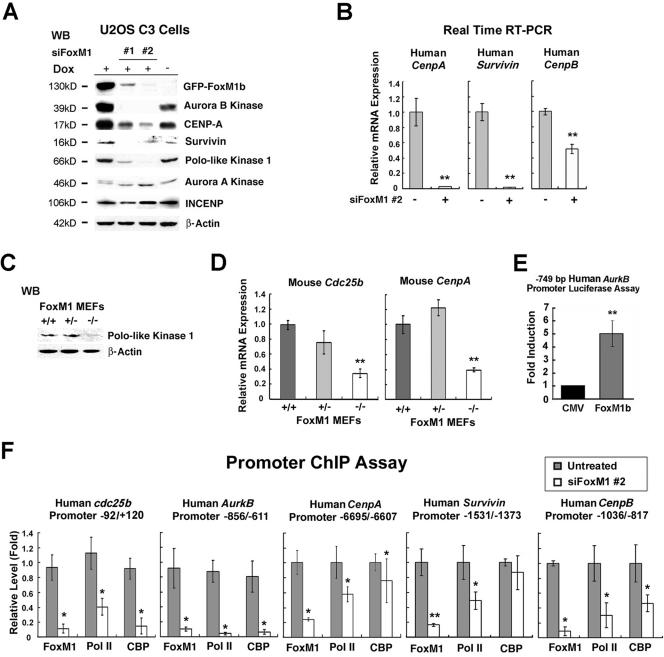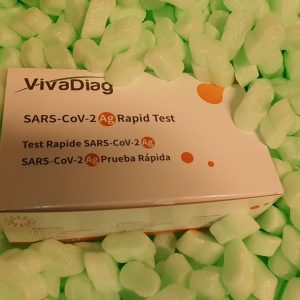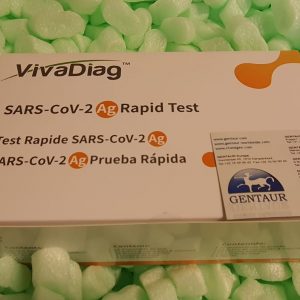The t(7;11)(p15;p15) translocation, noticed in acute myelogenous leukemia and myelodysplastic syndrome, genecharges a chimeric gene the place the 5′ portion of the sequence encoding the human nucleoporin NUP98 protein is fused to the three’ area of HOXA9.
Here, we present that retroviral-mediated enforced expression of the NUP98-HOXA9 fusion protein in twine blood-derived CD34(+) cells confers a proliferative benefit in each cytokine-stimulated suspension cultures and stromal coculture. This benefit is mirrored in the selective enlargement of hematopoietic stem cells as measured in vitro by cobblestone area-forming cell assays and in vivo by aggressive repopulation of nonobese diabetic/extreme mixed immunodeficient mice.

NUP98-HOXA9 expression inhibited erythroid progenitor differentiation and delayed neutrophil maturation in transduced progenitors however strongly enhanced their serial replating effectivity. Analysis of the transcriptosome of transduced cells revealed up-regulation of a number of homeobox genes of the A and B cluster in addition to of Meis1 and Pim-1 and down-modulation of globin genes and of CAAT/enhancer binding protein alpha.
The latter gene, when coexpressed with NUP98-HOXA9, reversed the improved proliferation of transduced CD34(+) cells. Unlike HOXA9, the NUP98-HOXA9 fusion was protected against ubiquitination mediated by Cullin-4A and subsequent proteasome-dependent degradation. The ensuing protein stabilization might contribute to the leukemogenic exercise of the fusion protein.
Ubiquitin-mediated proteolysis controls various physiological processes in eukaryotes. However, few in vivo targets of the mammalian Cdc34 and Rad6 ubiquitin-conjugating enzymes are identified. A yeast-based genetic assay to determine proteins that work together with human Cdc34 resulted in three cDNAs encoding bZIP DNA binding motifs.
Two of these interactants are repressors of cyclic AMP (cAMP)-induced transcription: hICERIIgamma, a product of the CREM gene, and hATF5, a novel ATF homolog. Transfection assays with mammalian cells display each hCdc34- and hRad6B-dependent ubiquitin-mediated proteolysis of hICERIIgamma and hATF5. This degradation requires an energetic ubiquitin-conjugating enzyme and outcomes in abrogation of ICERIIgamma- and ATF5-mediated repression of cAMP-induced transcription.
Consistent with these outcomes, the endogenous ICER protein is elevated in cells that are null for murine Rad6B (mHR6B-/-) or transfected with dominant adverse and antisense constructs of human CDC34. Based on the requirement for CREM/ICER and Rad6B proteins in spermatogenesis, we decided expression of Cdc34, Rad6B, CREM/ICER isoforms, and the Skp1–Cullin-F-box ubiquitin protein ligase subunits Cul-1 and Cul-2, that are related to Cdc34 exercise throughout murine testicular improvement. Cdc34, Rad6B, and the Cullinproteins are expressed in a developmentally regulated method, with distinctly completely different patterns for Cdc34 and the Cullinproteins in germ cells.
The Cdc34 and Rad6B proteins are considerably elevated in meiotic and postmeiotic haploid germ cells when chromatin modifications happen. Thus, the steadiness of particular mammalian transcription components is the consequence of advanced concentrating on by a number of ubiquitin-conjugating enzymes and will have an effect on cAMP-inducible gene regulation throughout each meiotic and mitotic cell cycles.
DRE-1: an evolutionarily conserved F field protein that regulates C. elegans developmental age
During metazoan improvement, cells purchase each positional and temporal identities. The Caenorhabditis elegans heterochronic loci are international regulators of larval temporal fates. Most encode conserved transcriptional and translational components, which have an effect on stage-appropriate packages in numerous tissues.
Here, we describe dre-1, a heterochronic gene, whose mutant phenotypes embody precocious terminal differentiation of epidermal stem cells and altered temporal patterning of gonadal outgrowth. Genetic interactions with different heterochronic loci place dre-1 in the larval-to-adult swap. dre-1 encodes a extremely conserved F field protein, suggesting a job in an SCF ubiquitin ligase advanced.
Accordingly, RNAi knockdown of the C. elegans SKP1-like homolog SKR-1, the cullin CUL-1, and ring finger RBX homologs yielded related heterochronic phenotypes. DRE-1 and SKR-1 type a fancy, as do the human orthologs, hFBXO11 and SKP1, revealing a phyletically historical interplay. The identification of core parts concerned in SCF-mediated modification and/or proteolysis suggests an vital degree of regulation in the heterochronic hierarchy.




